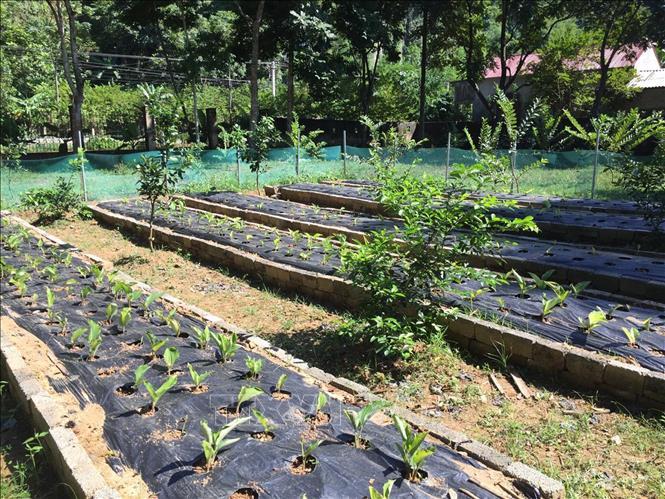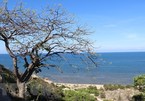Vietnam has a high level of biodiversity. Its 54 ethnic groups practice traditional agriculture with a large number of native plant and domestic animal species, diverse in genetic sources and biological value.

Important values
According to the Vietnam Association for Conservation of Nature and Environment (VACNE), Vietnam has a full range of terrestrial and underwater ecosystems including fresh water, salt water, brackish water and underground water.
The terrestrial ecosystems comprise the ecosystems in mountains, hillocks, plains, coastal areas, caves and islands.
| According to the Vietnam Association for Conservation of Nature and Environment (VACNE), Vietnam has a full range of terrestrial and underwater ecosystems including fresh water, salt water, brackish water and underground water. |
The most valuable terrestrial ecosystems are those with forest coverage. The wetland ecosystems have 39 types and each has its own community.
According to Dr Dang Huy Huynh, vice chair of VACNE, Vietnam has recognized a large number of species belonging to main groups, such as large mushrooms (800 species), micro algae (more than 1,000 species), higher plants ( 20,000), protozoa (1,000), insects (7,000) , molluscs (1,000) , fish (3,000), amphibians (200), reptile (400), birds (1,000), and mammals (over 300 species).
It is necessary to evaluate the species in Vietnam in terms of economic, social and cultural values to classify if they are wild species or cultured. As for microorganism and bacterial species, Vietnam has just begun carrying out research on these, but has found many species, both harmful and useful.
Vietnam also carries out research about biodiversity of the organisms of the same species that are genetically different.
The most mentioned species are plants and animals being bred in different localities, with the experiences of different ethnic groups. There are many varieties, strains and seedlings of the same species.
For example, there are 14 pig species raised in Vietnam, and five cows, 16 chicken and five duck species. Regarding food crops, there are 75 rice, 58 maize and nine soybean varieties.
Ecological services
Huynh said the ecological services of biodiversity have particularly important economic, social, cultural and environmental values.
These are the services directly provided to people such as food, clothing, accommodation, daily life and medical treatment. These needs of the people and products for export are all satisfied by production in agriculture, forestry and fishing industries.
The services of climate regulation, flood and drought control, greenhouse gas absorption, carbon accumulation, water purification, waste decomposition and natural disaster mitigation are increasingly important in variable conditions, especially in the context of climate change and rising sea levels.
Huynh also emphasized the important role of support services (improving soil quality, creating bio-productivity for ecosystems) and cultural-entertainment-healthcare services.
Thien Nhien

Biodiversity conservation, tourism combined in national park
With an area of about 31,000 hectares, the Nui Chua National Park features forest, sea and semi-arid spaces, and efforts are being made to conserve its rich biodiversity while tapping into tourism potential.

Changing behaviour towards nature to keep biodiversity
Professor Truong Quang Hoc from Vietnam National University’s Centre for Natural Resources and Environment Studies spoke about the impacts that Vietnam will possibly have in case of biodiversity decline.
 Biodiversity in Vietnam is facing serious challenges, especially in the context of climate change.
Biodiversity in Vietnam is facing serious challenges, especially in the context of climate change.